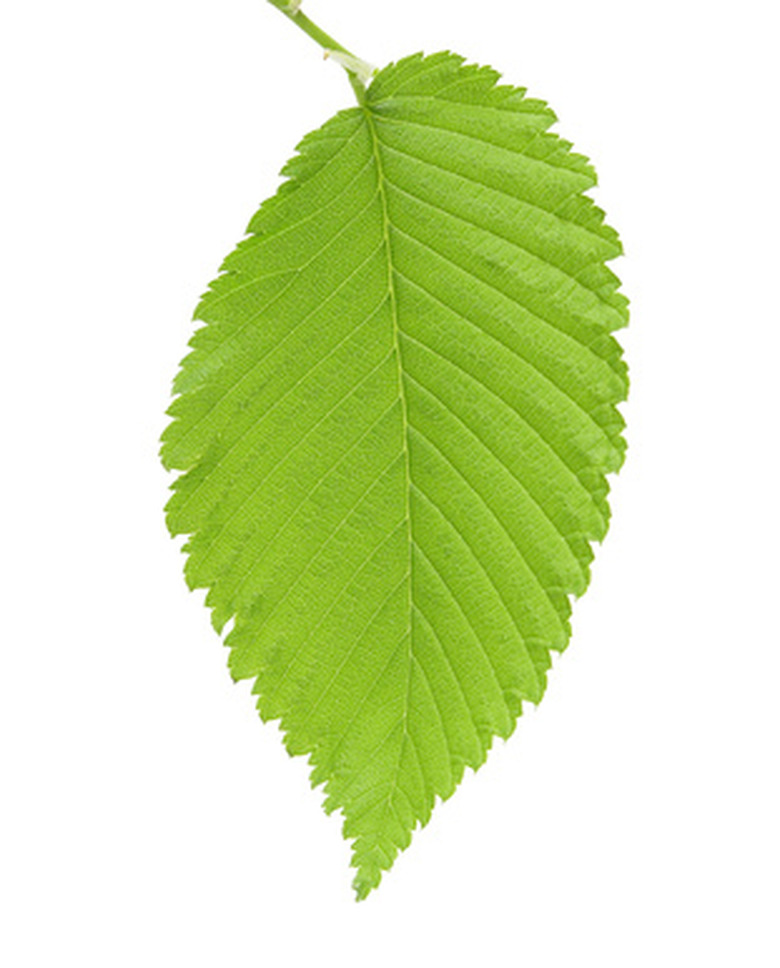Life Cycle Of An American Elm Tree
The native American elm tree (Ulmus Americana) grows to a height of a 100 feet with a spreading canopy that often measures 120 feet wide. The trunk can grow up to 7 feet in width, according to the U.S. Forest Service. The tree often lives more than 300 years. Its native habit ranges along the eastern United States and as far west as Oklahoma. It was once widely grown as an ornamental yard tree nationwide.
Fatal Disease
A popular shade tree, the American elm was widely planted in yards across the U.S. until the Dutch elm disease was introduced from Europe in the 1930s. The European bark beetles (Scolytus multistria) and the American bark beetle (Hylurgopinus rufipes) carry the fungus Ceratocystis ulmi which causes the Dutch elm disease. The beetles feed on the tree's foliage and introduce the fungal spores into the tree's vascular system, according the U.S. Forest Service. The fungus effects the tree's water conducting tissue. The damage from the fungus becomes wide spread and the tree eventually dies.
- The native American elm tree (Ulmus Americana) grows to a height of a 100 feet with a spreading canopy that often measures 120 feet wide.
Flower Production
Each spring the American elm tree produces tiny flowers three weeks before foliage. The flowers droop in small clusters of three to five. The flowers sport red anthers and the calyx is green. The American elm is monoecious, which means it produces both male and female flowers. Despite possessing both male and female flowers self-pollination is rare. Pollination is largely wind driven and occurs successfully when another elm is planted close by.
Seed Production
The American elm tree does not produce viable seeds until it reaches 15 years of age. The tree begins to produce ample seeds when it reaches 40 years of age. Seeds begin to form shortly after pollination. Once the seeds appear they begin to fall from the tree. Each seed has two tiny wings that catch the wind. The seeds are often carried on the wind for up to 0.25 miles, according to the U.S. Forest Service. The seeds can also be carried by rivers and streams to new planting locations.
- Each spring the American elm tree produces tiny flowers three weeks before foliage.
- The American elm is monoecious, which means it produces both male and female flowers.
Germination
The seeds quickly germinate once they fall from the tree. It takes only six to 12 days for germination to begin. The seeds require a night temperature of around 68 degrees Fahrenheit and a daytime temperature of around 86 degrees Fahrenheit for optimum germination. Seeds require a dark location for germination to occur such as under leaf mulch, bark or soil.
Growth of the Tree
The tree develops a wide spreading root system in moist soil. In areas where drought is common the tree grows a deep taproot to utilize all the water it can absorb. The taproot often grows up to 20 feet deep. Once established, the tree can withstand partial shade or full sunlight with ease.
- The seeds quickly germinate once they fall from the tree.
- In areas where drought is common the tree grows a deep taproot to utilize all the water it can absorb.
Hybridizing
The American elm tree has been a difficult tree to hybridize. It has 56 chromosomes but other elm species only have 28 chromosomes.
